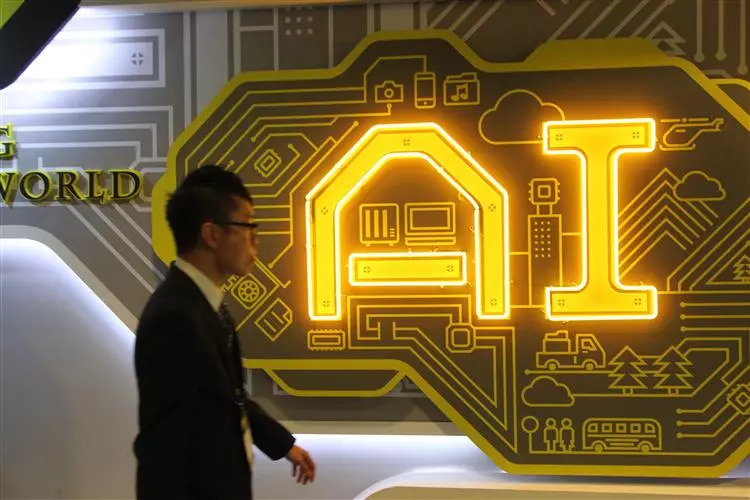The development of artificial intelligence (AI) technology has successively brought breakthroughs in technological bottlenecks: such as voice, visual recognition, self-driving cars, robots, and automatic image generation. At the same time, many new business needs are stimulated in these emerging fields, such as computing platforms, sensors, large amounts of memory, storage devices, etc.

Recently, the US Defense Advanced Research Projects Agency (DARPA) announced US$2 billion in funding to support the research and development of next-generation AI technology, providing an important indicator of forward-looking technology development. It includes new investments in 20 technologies, with the goal of exploring how machines can have communication and reasoning capabilities similar to those of humans.
DARPA's previous betting targets have caused great technological innovations. For example, in response to the research on backup communications during the Cold War, the Internet was started. At present, most of the souls of self-driving development come from early DARPA-funded self-driving car competitions. Others include data search technology, drones, and voice recognition. When I was studying for a doctoral program in the United States, I participated in related research on image recognition and search, and saw how these programs make good use of the elites of American academia and industry to develop innovative technologies.
The defense of network security is the core thinking of DARPA, such as crimes on the network or national defense issues. In particular, the images and videos (automatically) generated by deep learning technology have been difficult to distinguish between true and false recently. It is hoped that relevant technologies will be developed to automatically distinguish between false and true. In addition, I also hope to automatically assess the safety level of personnel. It is conceivable that the digital trajectory of everyone's life will be collected as much as possible, driving the huge demand for storage and computing equipment!
Generally, the trust in smart technology (why it fails, when it will fail, etc.) is still extremely lacking, which is an unacceptable situation for more serious applications such as finance, medicine, and regulations. At present, the deep learning operation that dominates intelligent technology cannot clearly explain why the final decision is made. The huge parameters are a black box, so there is an urgent need for "interpretable" AI technology.
DARPA's vision is the future of symbiosis. It is conceivable that in various living or working environments (such as factories, homes, hospitals, government units, etc.) in the future, we will coexist with various physical (or virtual) robots. How can we help each other? What kind of human-machine interfaces, sensors, etc. can promote the development of safe and rich living spaces? In addition, reducing energy consumption has always been an important key to implementing smart technologies in various fields. New types of machine learning technology, hardware (especially terminal platforms) efficiency, and energy consumption are all issues that must be resolved in recent years.
From these forward-looking requirements, we can plan the positioning of the technology and the field of future development in advance, and prepare for the development and direction of the industry!
64V Battery Pack ,Lithium Battery Box,Lithium Power Pack,Jackery Battery Pack
Zhejiang Casnovo Materials Co., Ltd. , https://www.casnovonewenergy.com